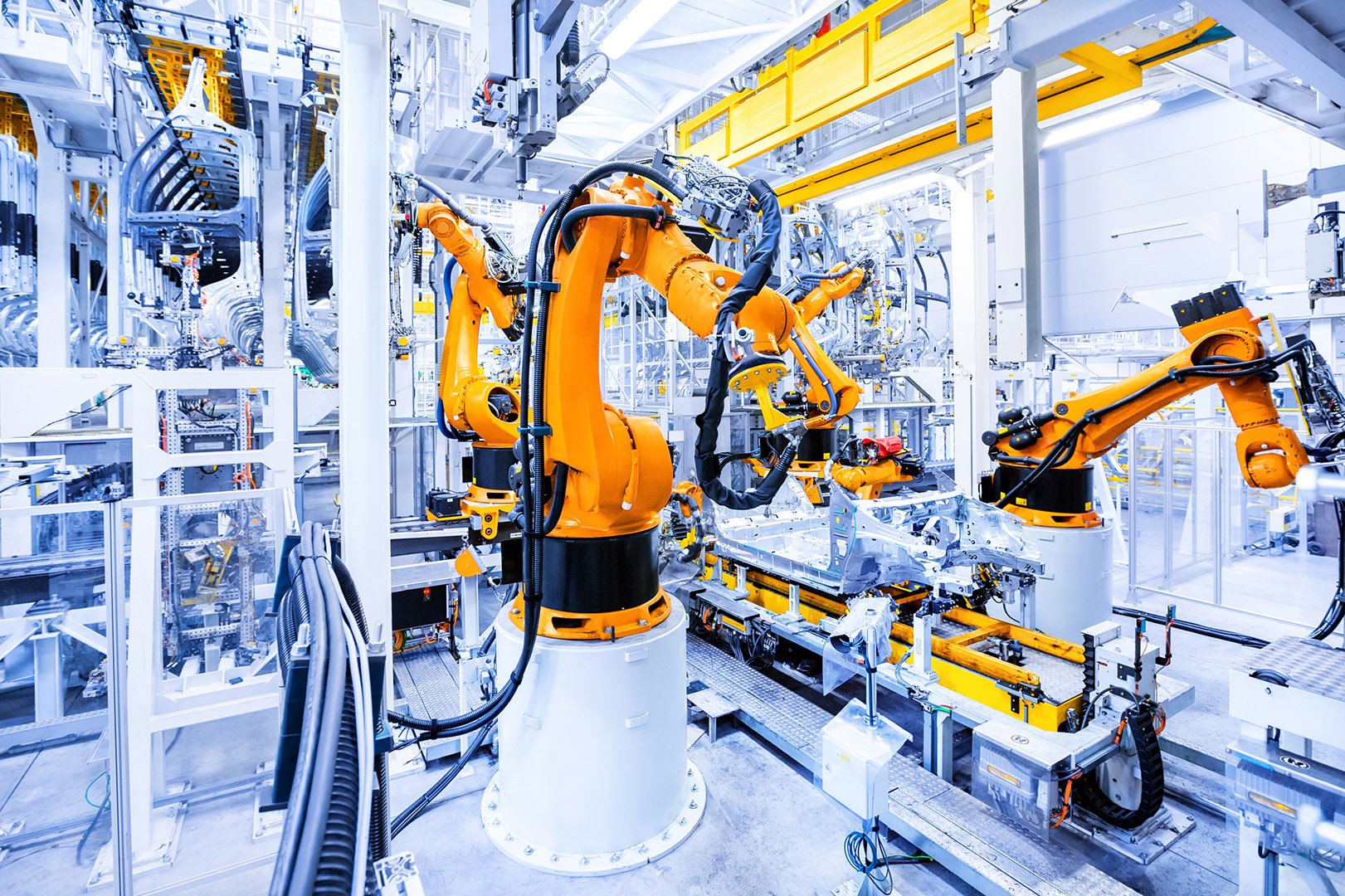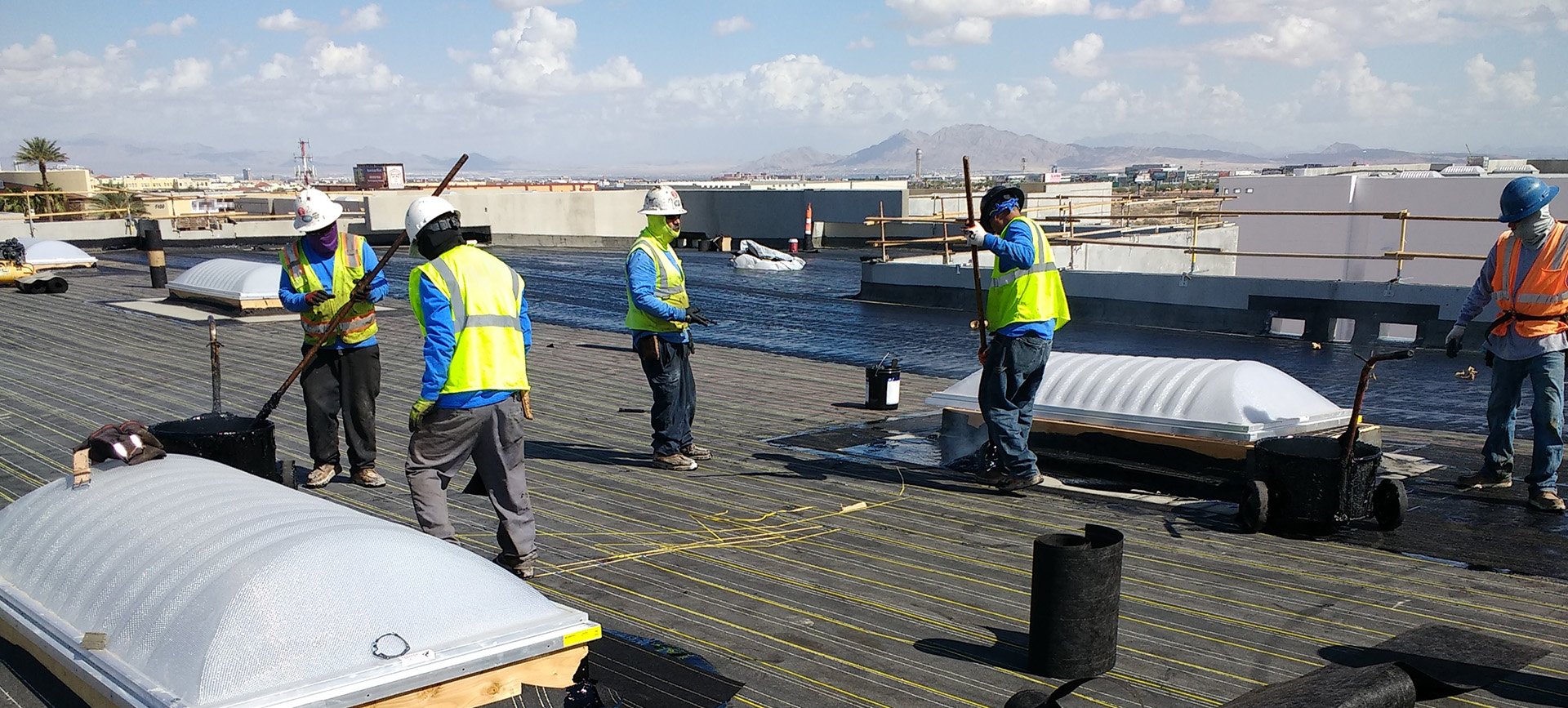LED Lighting | June 18, 2019
Premium Lighting for a Premium Product
Deep in the New Hampshire woods, a manufacturing facility creates some of the finest chocolate on the shelf. Committed to delivering excellence, this production facility is also aware of their environmental impact and working conditions, which led them to consider energy efficiency measures. This project was an LED lighting upgrade in one of the production facilities on site. However, as with many high-ceiling projects, such as manufacturing sites or warehouses, we were challenged by limited clearance above the drop ceiling when installing the fixtures into a space full of other piping and an existing lighting layout – all of this over active manufacturing equipment. Here’s how we completed this project.
Long Facility Run Hours = High Annual Savings
It began as part of an on-going LED lighting retrofit across the entire facility and multiple buildings. Pretty much all of the existing lighting for this fine-chocolate manufacturer was inefficient, outdated fluorescent. The combination of old lighting, poor density and long run hours to keep the facility lit meant that energy savings resulting from a retrofit were going to be significant. Additionally, we were able to identify multiple areas across the entire site to tackle at once, which increased the level of incentive obtained from the local utility.
This space was used for production and the project took place over the actively running manufacturing equipment in ceilings up to 30 feet:
- Similar to other projects we’ve completed, it was an active facility that required coordination of work between our efficiency upgrades and the workers producing fine chocolate.
- Like many warehouse spaces, the high ceiling needed lifts to access the fixtures in order to retrofit them.
- However, this type of ceiling often isn’t easy to get behind until actual fixture installation starts.
From Chocolates to Challenges
During the audit, we were therefore unable to go up on a lift to inspect the area above the drop ceiling. Despite this, we were able to audit the room and spec an ILP fixture that would match the requested lumen output for the space and increase existing light levels. During the construction project, we found that in 17 instances, the selected fixture wouldn’t fit due to HVAC hard-piped for plumbing because it was a deeper fixture than what was existing.
Since many fixtures were already in place, we wanted to stick to the original aesthetic. I started looking around for more shallow pan, grid-frame hi-bays, and ultimately found one from a different manufacturer that offered the same lens as the ILP fixture. This discovery worked out perfectly – I was able to expedite shipping to get them on site and wrap up the project on time with fixtures that would work without redesigning a space or row.
The Goal = Lighting, Layout, Lumens, Levels
My primary consideration while engineering the efficient lighting solutions was the customer’s goal for light levels on the ground. These goals significantly improved what was in place. We worked with a partner to design a fixture layout and lumen package that would meet the expectations of the onsite facilities team. We did photometrics to show the team how the new fixtures we speced were going to achieve those light levels while significantly lowering energy use.
The overall project installation went really well once we solved for the 17 alternative fixtures. One of the factors that worked out great was that we were able to partner with the house electricians so there was very strong continuity and knowledge of the building and electrical system.
Besides lowered energy use and notable annual savings due to the new lighting, we were excited to lower maintenance costs for the chocolate manufacturer as well. Since the LEDs we installed have a much longer lifespan than the fluorescent, the cost of replacement, rented lifts and maintenance hours all dropped.
So Much Light We’ll Get a Suntan
When I asked my onsite contacts about their desired light levels, they went back to same description: they wanted light levels so high, they could “get a suntan.” Our response? Done. We blew out the light levels across the facility with these new fixtures – we probably tripled the output compared to what they had. Even with a tremendous increase in light with the new fixtures, because they were LED, they still significantly lowered energy and maintenance costs.
Besides energy and financial savings from the project, the biggest benefit to the customer is that they’re gaining a space that has light levels tailored specifically to their needs. The facility was previously dimly lit with aging fluorescent fixtures that continued to deteriorate over time. The new lighting elevated the manufacturing environment to ensure that the production of a premium product could be done with the best available lighting.
Related Posts
Discover more content and insights from Mantis Innovation

Your Guide to LED Lighting for Business and Commercial Buildings
Never to be underestimated, LED lighting and well-designed lighting retrofits and upgrades offer businesses big improvements like reduced energy costs, reduced emissions, and improved working

Modernizing Manufacturing Facilities: Practical Steps for Better Performance
In today's competitive manufacturing landscape, staying ahead requires more than maintaining the status quo. Modernizing facilities and operations is essential for improving efficiency, performance,

Modernizing Manufacturing Facilities: The Drivers and Direction
This blog is just a glimpse into the deep dive we take in our new white paper, Modernizing Manufacturing. Download the white paper here to skip the teaser and get the whole story. The stage is set

5 Reasons You Need Quality Assurance on Your Next Facility Project
When it comes to construction projects like roof replacements, HVAC upgrades, or a pavement mill and overlay, ensuring quality is paramount. Not only does it guarantee the longevity of the project,